New figures have emerged that show nearly three-quarters of all herring gull culling licences issued in Scotland last year were given to individuals in the north and north-east.
The culling licences can be applied for by anyone in Scotland to get rid of herring gull nests, eggs and even live birds in certain cases.
Licences are controlled by NatureScot and are required for urban gull population control because the birds are a protected species.
Are seagulls really endangered?
Whenever seagulls are discussed, there is always someone who pipes up saying “they are an endangered species you know.”
This is only half true. Officially herring gulls have been categorised by the International Union for Conservation of Nature (IUCN) as a species of “least concern”, meaning that populations are not under threat of extinction and are not endangered.
However, herring gulls are listed on the Red List by the UK Birds of Conservation Concern because although numbers are technically satisfactory, the species is in “critical decline”.
Herring gull populations have more than halved over the last 40 years.
That might sound unlikely to those of us who can hear constant screeching from the rooftops, but while the number of birds in towns and cities has been increasing, populations on the coast and cliffs have plummeted.
Is it illegal to kill a seagull?
Just because herring gulls aren’t “officially” endangered, it doesn’t mean they aren’t protected.
All wild birds are protected under the Wildlife and Countryside Act 1981, which essentially prevents humans from harming any animal.
Looking specifically at gulls, the act makes it illegal to intentionally or recklessly injure or kill any gull or damage or destroy an active nest or its contents.
In Scotland, it is also illegal to prevent birds from accessing their nest.
To harm the birds in any way is a criminal offence and can result in an unlimited fine, up to six months imprisonment or both.
And people do get prosecuted. Earlier this year an Inverness man was fined for killing a gull by stamping on its head.
If seagull culling is illegal, is there any way the urban gull population can be controlled?
Despite rules protecting all wildlife, the law recognises that in certain circumstances control measures may be necessary.
The Scottish Government can issue licences, permitting nests to be destroyed or even birds to be killed “if there is no non-lethal solution and if it is done to prevent serious damage to agriculture, the spread of disease, to preserve public health and safety and air safety, or to conserve other wild birds.”
The birds being simply a nuisance or causing minor damage to property are not legally sanctioned reasons for seagull culling.
These licences can be specific – issued to individuals on a case-by-case basis or granted annually for use by an authorised person at organisations like councils.
Anyone with a licence can carry out nest and egg removals, though pest control experts (also with a licence) are the only ones who may actually kill adult birds or their chicks.
A NatureScot spokesperson said: “All breeding birds are protected by law, and many people are surprised to hear that most breeding gull populations are declining, so a specific licence for lethal control of gulls must be applied for.
“Before we issue a licence, however, we look at what alternatives are available. Lethal control is always a last resort.”
How can I get a licence to cull?
Anyone can apply for a gull culling licence on the NatureScot website.
Last year, nearly three-quarters of all seagull culling licences in Scotland were issued to north and north-east residents in an effort to cull urban gull populations.
In 2020, despite the covid pandemic, 55% of all licences were also issued in this region.
When applying, applicants are asked questions related to the following:
- the health and safety issues the gulls are causing
- what preventative measures you have tried and intend to try
- the licensed activities you are planning
Applications are still being received for 2022.
NatureScot is also keen to reiterate that there are mitigation measures that do not require a licence, such as installing nets and spikes.
“While these measures can be very effective, there are circumstances where that is not the case,” a spokesperson from the organisation said.
“Developing plans to discourage gull nesting in urban areas is one of the areas we are keen to explore where there are significant issues and we are happy to discuss gull issues with local councils and provide advice on how this can be managed.”
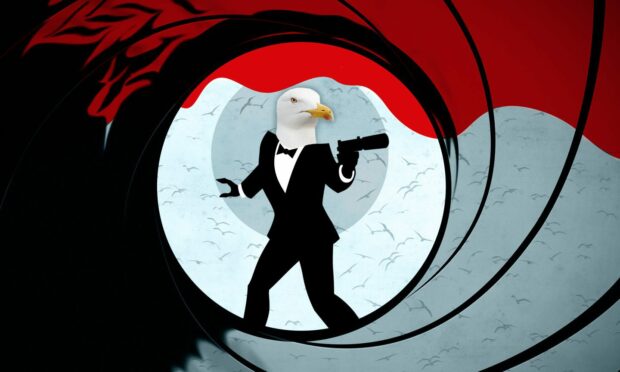
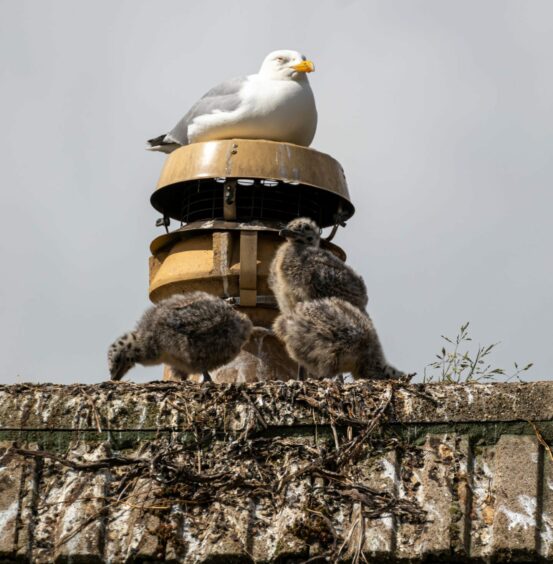
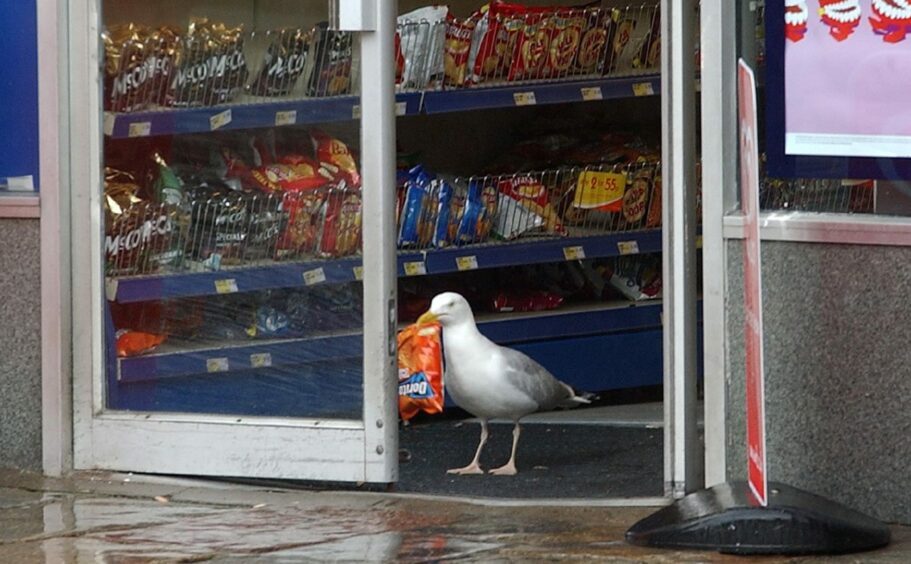
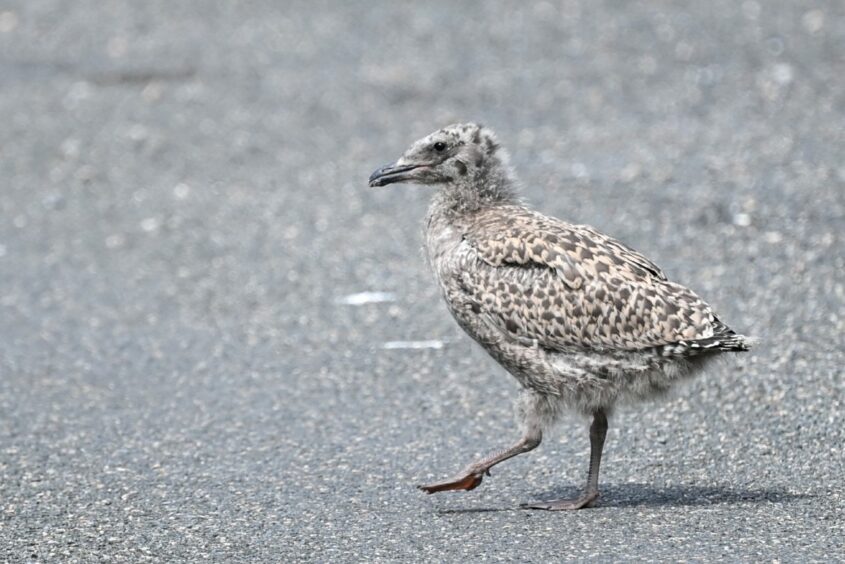


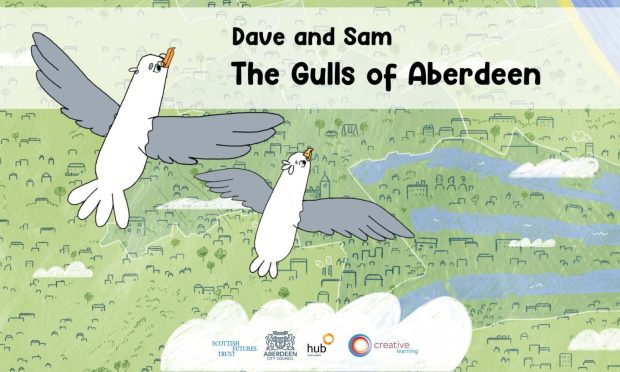
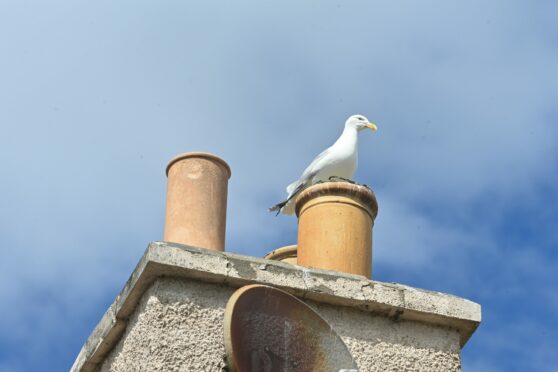
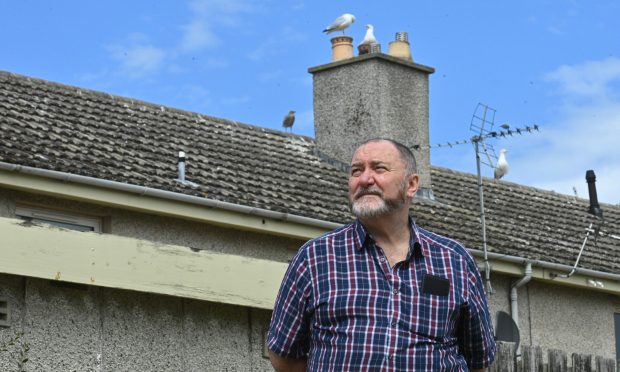
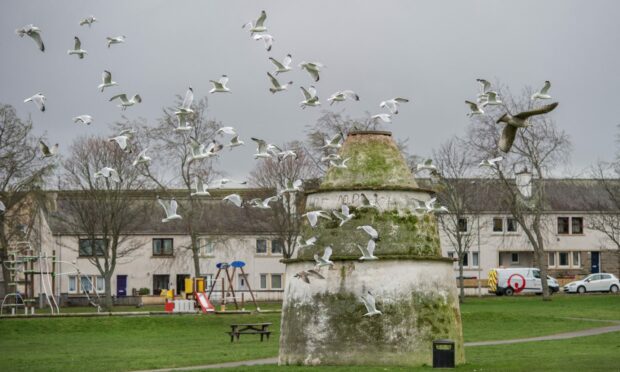





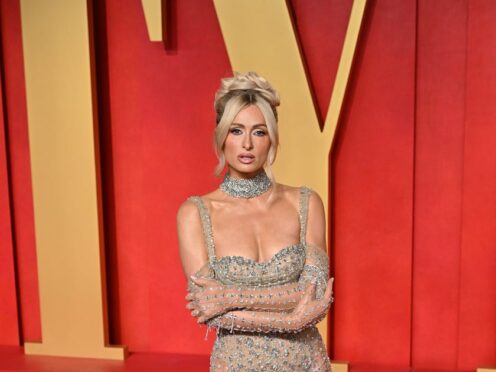


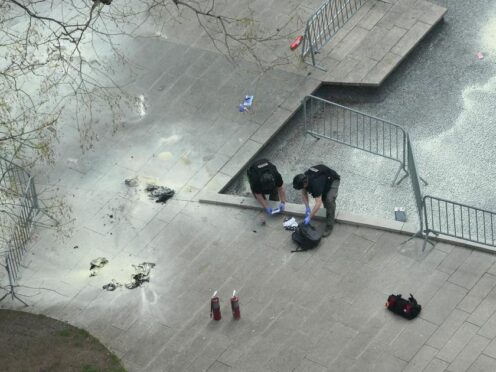

Conversation